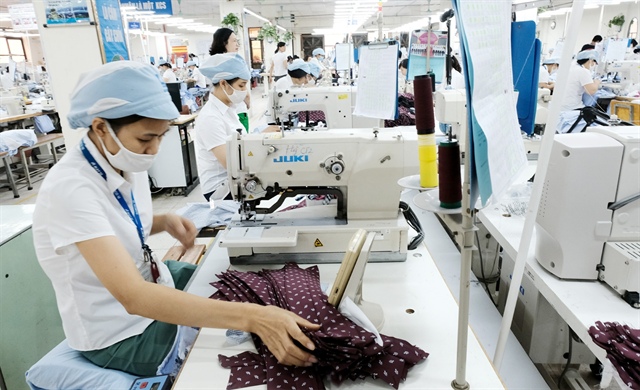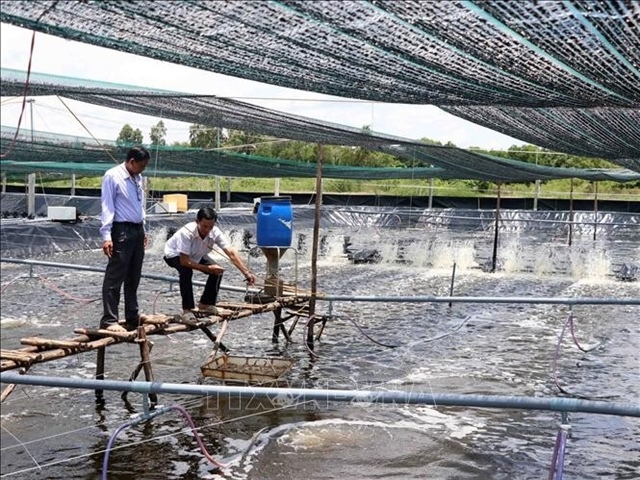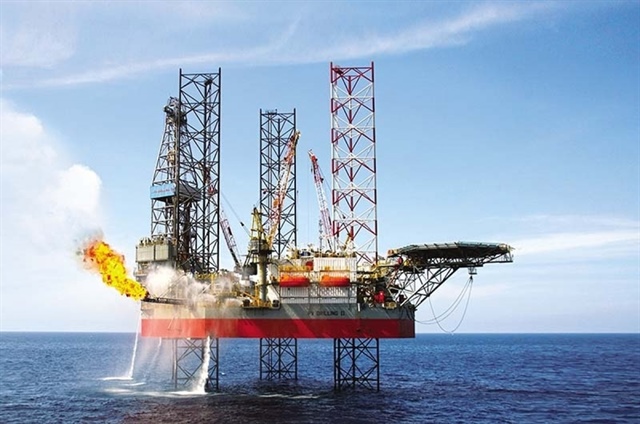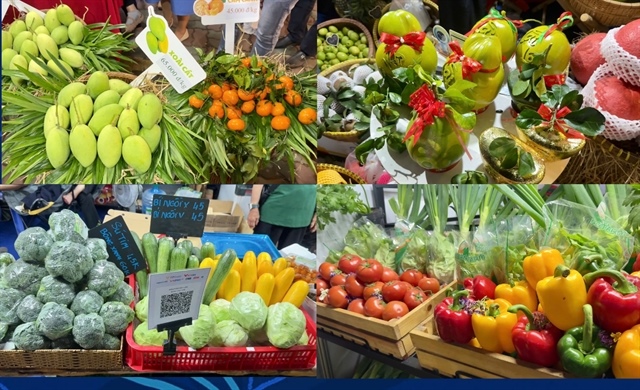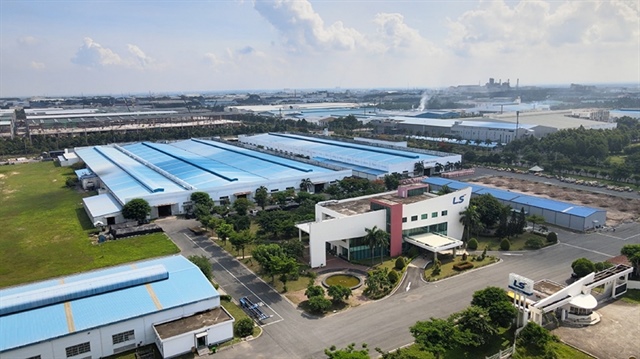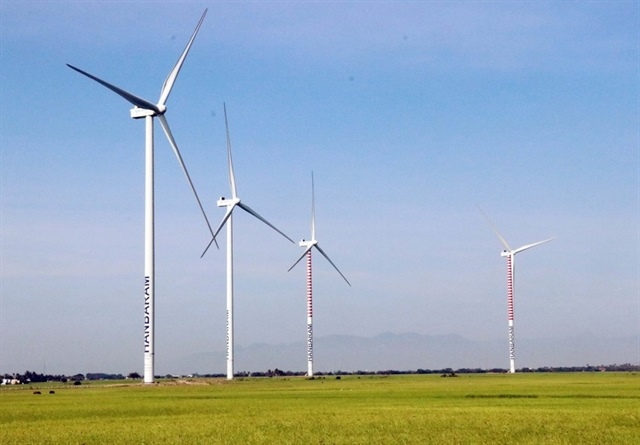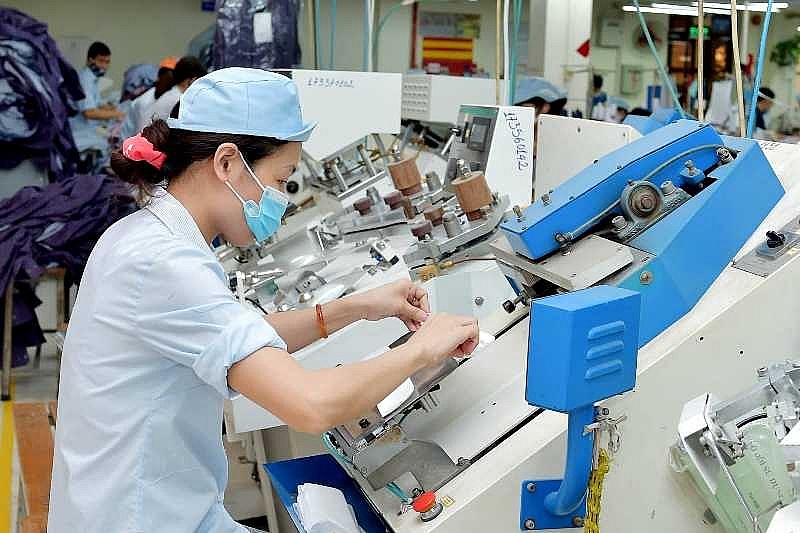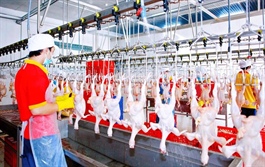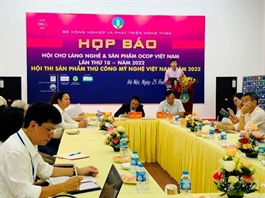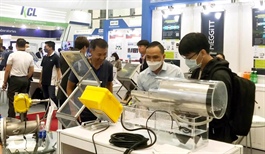Circular economy model challenges textile industry
Circular economy model challenges textile industry
The circular economy is an extremely important part of helping the textile industry participate deeply in the global value chain. However, developing such a model is a challenge.
A new beginning
Currently, several businesses have pioneered the application of the circular economy. For example, the Faslink Joint Stock Company has developed “green” fabrics made from coffee, lotus and oyster shells. All of these fibers are recycled products and they are extremely durable in washing, ironing, weaving and sewing. “In 2018, Faslink took advantage of oyster shells to make fabric. To date, three brands have used this type of fabric,” said Tran Hoang Phu Xuan, Faslink’s director.
|
“Greening” the textile sector is one of the three pillars of the “economy - security - environment” of the Vietnam National Textile and Garment Group (Vinatex). The group has implemented sustainability-oriented investment programs. Over the past five years, almost 100 percent of the group’s newly invested yarn and garment factories have been equipped with rooftop solar power. Garment factories and textile factories use 100 percent and 20 percent of solar electricity, respectively, for production. Renewable energy has also been included in the basic investment portfolio of some new projects. More than 10 percent of businesses with stable supply capacity have a long-term customer base for yarns made from recycled PE fibers, as well as natural cotton grown by organic methods. The knitted fabric sector also has businesses using recycled yarn, but the proportion is only five percent of output.
According to Vinatex Chair Le Tien Truong, the proportion of recycled products in the group’s system is increasing. The group has also completed the rooftop solar power, water saving, energy audits at member units, and assessed ecological standards such as cotton and textile products according to Oekotex (certification system for environmentally friendly and socially responsible production facilities in the textile and clothing industry).
Obstacles to circular economy
Speaking at a recent workshop on promoting the circular economy of the textile and garment industry, Saskia Anders, Program Director of GIZ Fabric Asia, emphasized that the circular economy can only be successful through the cooperation between various parties including the state, businesses and civil organizations, manufacturers, and distributors.
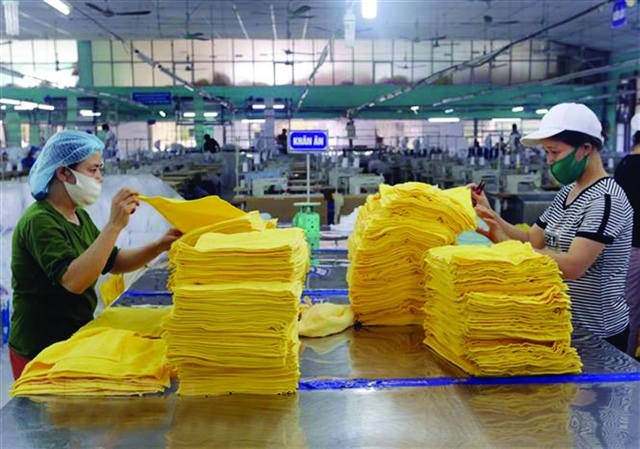
Textile enterprises raise awareness of circular business |
The development of a circular economy still faces many challenges in terms of investment capital, technological innovation and economic efficiency. Truong Van Cam, Vice President of the Vietnam Textile and Apparel Association, added that the localization rate of the industry is currently only 30-35 percent, which is a major obstacle for moving towards the circular economy. In addition, there is no planning for large industrial zones and centralized wastewater treatment. Many localities are still not interested in allowing weaving and dyeing projects to operate. Expensive investment costs for production technology have also caused difficulties for many businesses.
In order for businesses to successfully build a circular economy model, Truong said, enterprises need to raise awareness of its importance, thoroughly understand its challenges and opportunities and calculate its cost-effectiveness.
| The European Commission published the EU Strategy for Sustainable and Circular Textiles with 16 new laws and policy solutions that will make textile products entering the European market more durable and reusable. Textile and garment suppliers to Europe are required to comply with these regulations, which means that Vietnamese manufacturers need to move quickly to adapt their production. |


